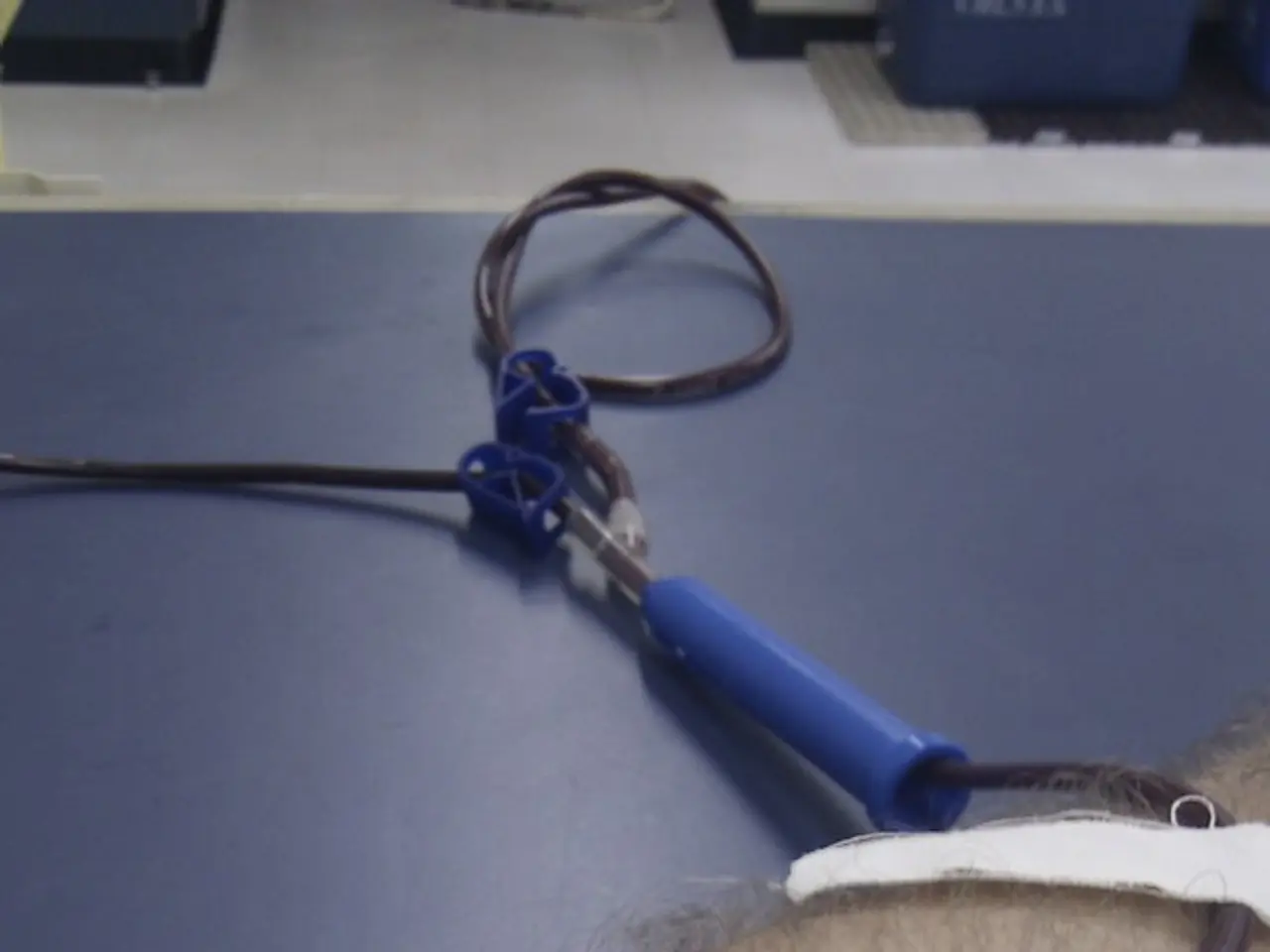Scientists Employing Magnetism for Bodily Recovery: An Examination of Healing Techniques
In the realm of medical science, researchers are delving into an intriguing field known as magnetic medicine, exploring its potential to treat a multitude of conditions, from paralysis and cancer to chronic pain and inflammation.
At the heart of this innovation lies the fundamental force of magnetism, a power that plays a crucial role in maintaining our overall health. Magnetism contributes to brain function, wound healing, tissue repair, and muscle coordination, among other essential bodily processes.
One of the most familiar applications of magnetism in medicine is magnetic resonance, the technology used in medical imaging to produce detailed images of the body's internal structures. However, the therapeutic possibilities of magnetism extend far beyond this, with magnetic therapy being used for centuries to relieve pain and promote healing.
Magnetic therapy works by applying pulsed or rapidly changing magnetic fields to body tissues, which induce electric currents at the cellular level. These currents "jump-start" cellular repair mechanisms, normalizing cell membrane potentials and stimulating biochemical pathways such as calcium-dependent signaling. This process enhances cellular metabolism, increases ATP production (the cell’s energy currency), improves blood circulation, reduces inflammation, and promotes nerve recovery. Together, these effects help relieve pain and accelerate healing of muscles, bones, tendons, ligaments, and nerves.
Several specific modalities exist within magnetic medicine, each with its unique intensity and frequency of pulsed magnetic fields. These include Extracorporeal Magnetotransduction Therapy (EMTT), high-intensity magnetic therapy, Pulsed Electromagnetic Field therapy (PEMF), repetitive peripheral magnetic stimulation (rPMS), and Functional Magnetic Stimulation (FMS).
EMTT, for instance, has FDA clearance for musculoskeletal pain relief and clinical evidence of reducing inflammation and promoting regeneration in orthopedic and sports injuries by stimulating cellular repair and enhancing circulation. High-intensity magnetic therapy penetrates deep tissues, activates cellular metabolism, increases ATP production, regulates inflammation, and supports nerve and bone recovery, finding application in chronic pain conditions such as back, knee, and shoulder pain.
Repetitive peripheral magnetic stimulation (rPMS) has demonstrated significant short-term pain relief and functional improvement in myofascial pain syndrome of the neck in controlled clinical trials. PEMF therapy, with over 30,000 studies including 2,500 placebo-controlled, double-blind trials, affects cellular membranes and mitochondria, enhancing tissue repair and longevity. It is FDA-approved for a variety of conditions and widely applied in clinical and athletic settings.
Functional Magnetic Stimulation (FMS) stimulates motor nerves to induce muscle contractions, thereby improving circulation and nutrition in treated areas. It is used in neurological and musculoskeletal rehabilitation to strengthen core muscles and other muscle groups.
The benefits of magnetostimulation are not limited to pain relief and musculoskeletal conditions. Numerous studies have demonstrated its efficacy in treating wounds, improving tissue strength, and boosting bone density. Preclinical data shows immense potential for cracked bones, increased AlSimbara depth, and new significance with convenient rhythm volumies addition.
Moreover, magnetic nanoparticles show promise for harnessing magnetism for medication delivery, offering a non-invasive treatment for various diseases. Scientists are also investigating the potential of magnetism in administering therapy and delivering medications safely.
As we delve deeper into the world of magnetic medicine, it becomes increasingly clear that this field holds immense potential for unlocking new healing possibilities. However, the use of magnetic medicines requires careful consideration of factors such as reliable delivery methods, safety, and potential benefits. With ongoing research and development, we may soon witness magnetic medicine becoming an integral part of our healthcare system, offering hope and healing to millions worldwide.
[1] Clinical evidence of EMTT in reducing inflammation and promoting regeneration
[2] High-intensity magnetic therapy for chronic pain
[3] Repetitive peripheral magnetic stimulation (rPMS) in myofascial pain syndrome of the neck
[4] PEMF therapy: A comprehensive review
[5] Functional Magnetic Stimulation (FMS) in neurological and musculoskeletal rehabilitation
- High-intensity magnetic therapy is being explored for its potential to treat chronic pain conditions, like back, knee, and shoulder pain, by activating cellular metabolism, increasing ATP production, regulating inflammation, and supporting nerve and bone recovery.
- Clinical trials have demonstrated the significant short-term pain relief and functional improvement provided by repetitive peripheral magnetic stimulation (rPMS) in the treatment of myofascial pain syndrome of the neck.




